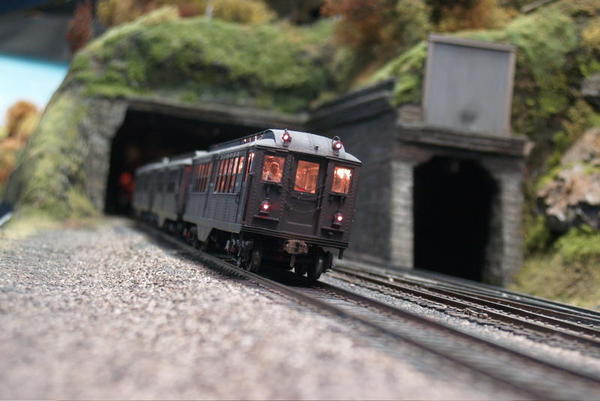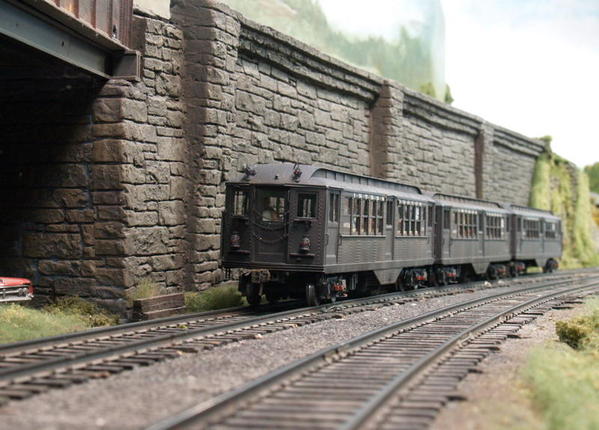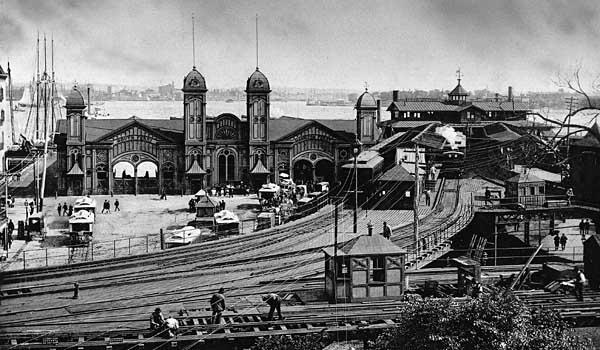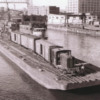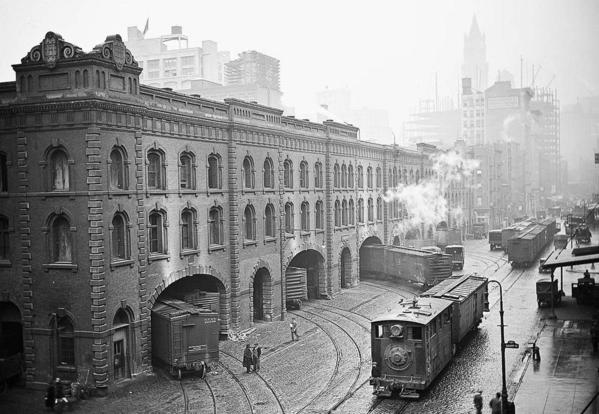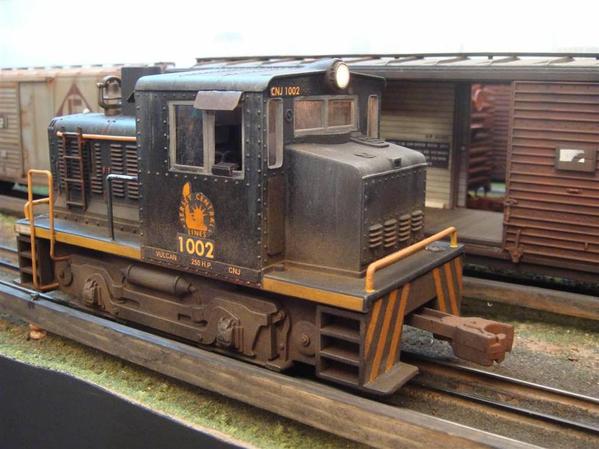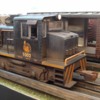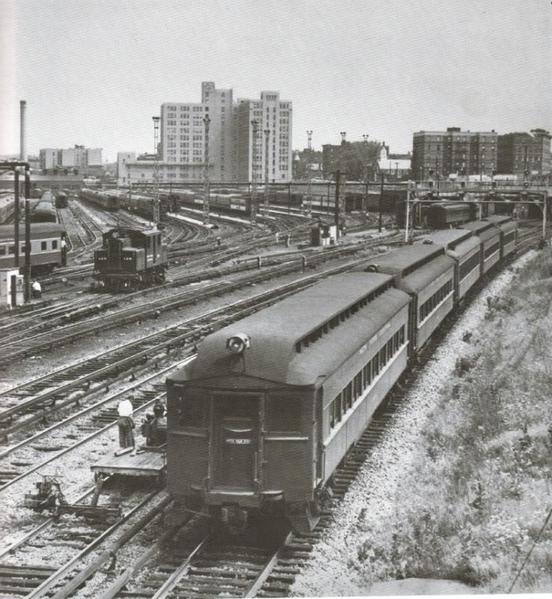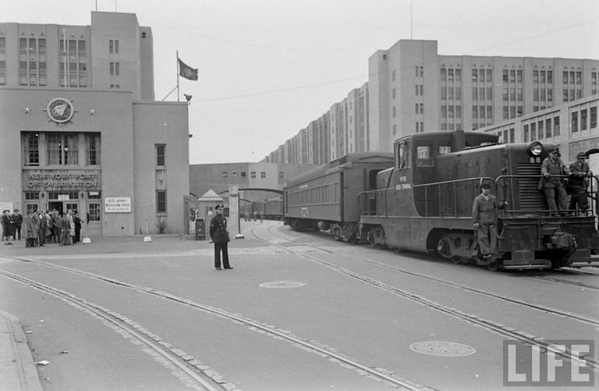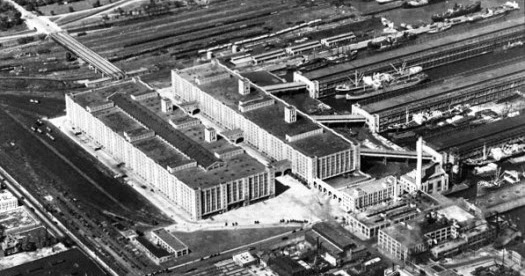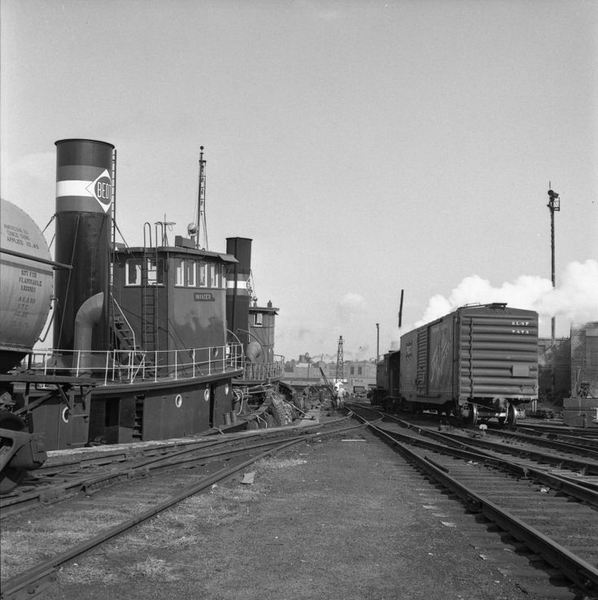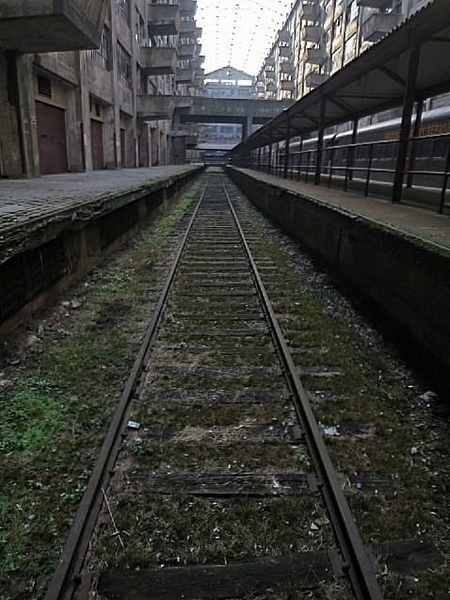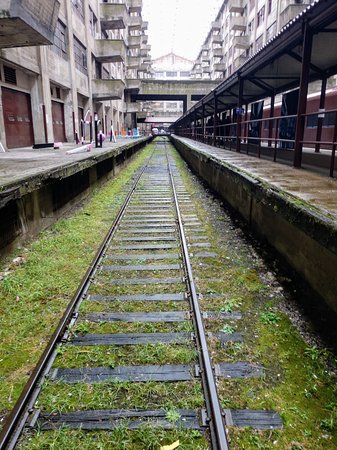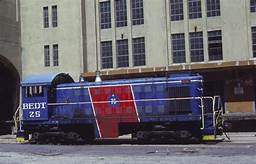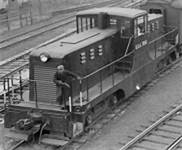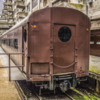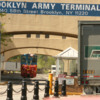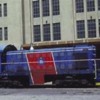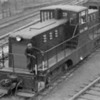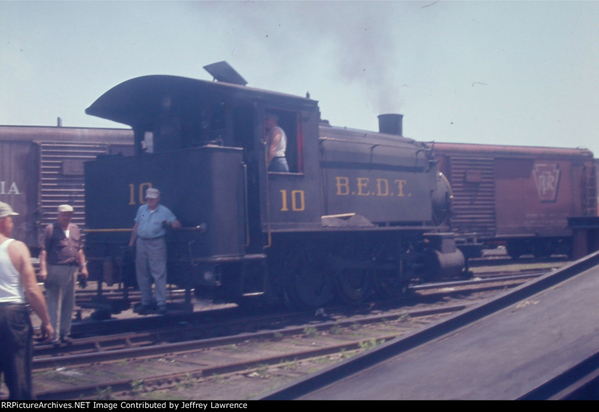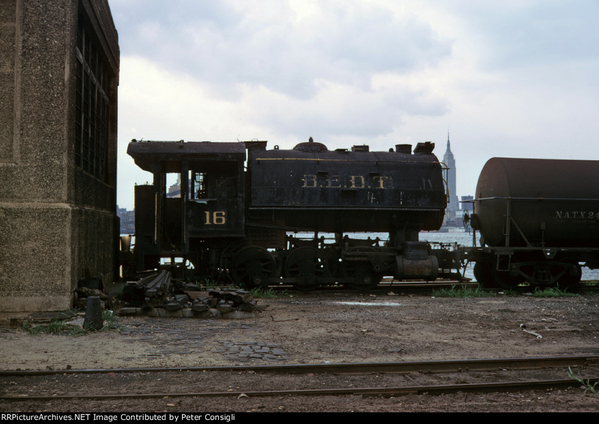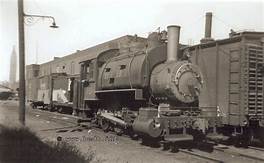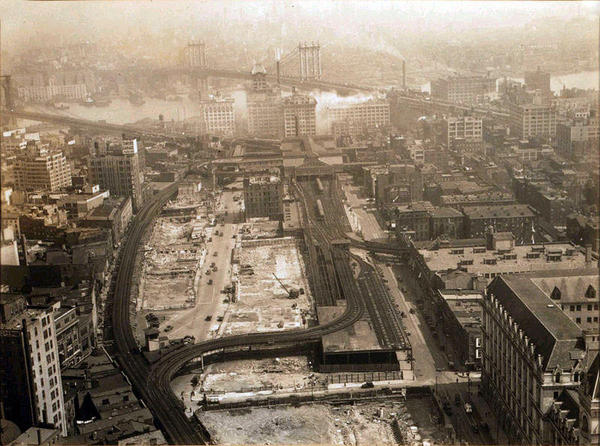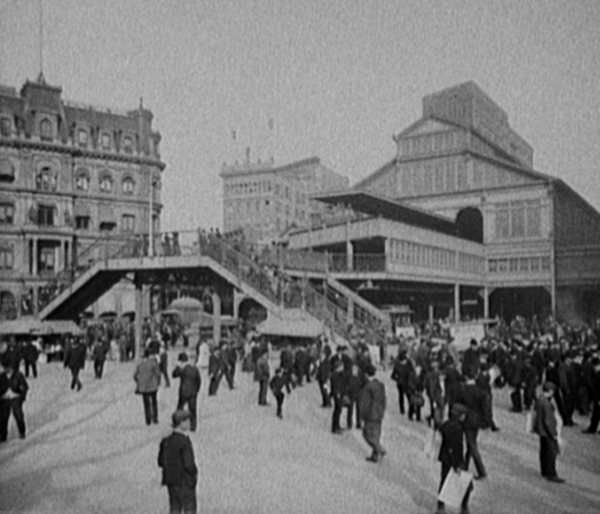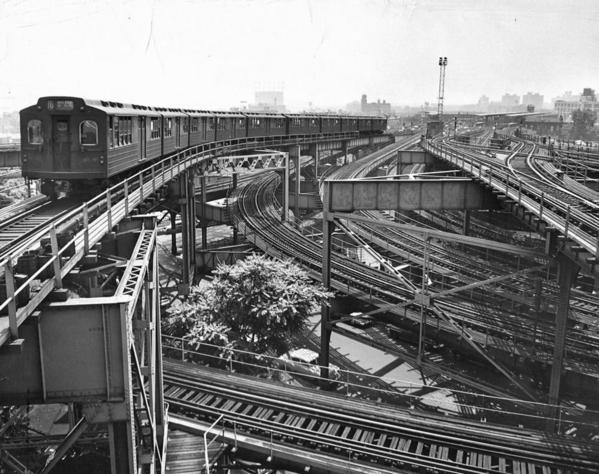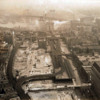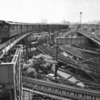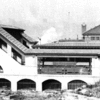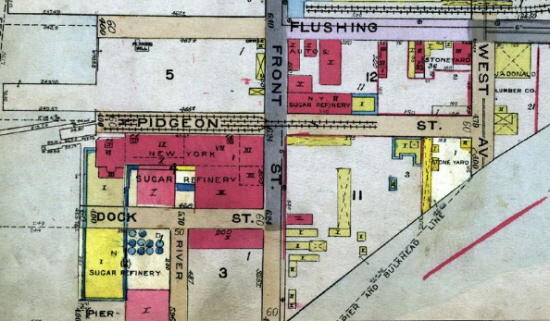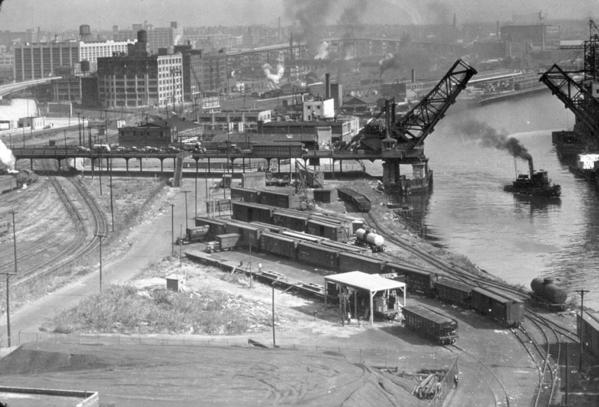Hey Steve Did you recognize Staten Island in one of my pics
Yes Ben, I have a few photos of that trade zone area. There were 2 gated sidings between the T-VILLE pool and the tunnel. Always a box car or two parked back there.
If you could get in there, I think a few sections of the rails can still be seen today.
I noticed them on the Google earth satellite a few years ago.
Great photos!
A little more Bronx:
The old Mott Haven coach yard south of 161st St, the last two photos with my old alma mater, Cardinal Hayes HS, in the background. ![]()
Jim
Attachments
Attachments
this is a great thread
thanks
Attachments
Hey Steve Did you recognize Staten Island in one of my pics
Yes Ben, I have a few photos of that trade zone area. There were 2 gated sidings between the T-VILLE pool and the tunnel. Always a box car or two parked back there.
If you could get in there, I think a few sections of the rails can still be seen today.
I noticed them on the Google earth satellite a few years ago.
Steve
There is a great site that has a lot of info on this It was called American Dock Here is the site
http://members.trainweb.com/bedt/indloco/adc.html
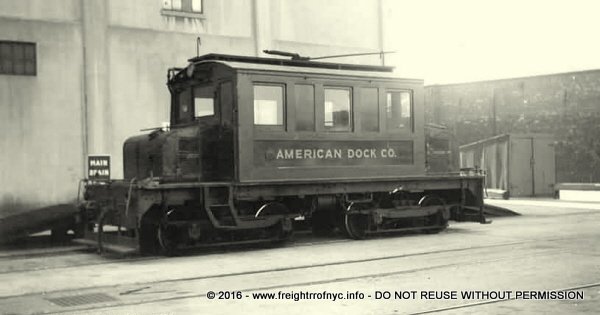
Bob
The Highbridge photo is interesting as non of the work associated with the electrification of the Hudson line has begun at this time.
The BMT formerly BRT had an extensive system and transit complex in Downtown Brooklyn and Manhattan and over the Brooklyn Bridge. All of the BRT els in Brooklyn came into this area and trains from the various lines operated into Manhattan at various times during the period this operation was in existence. The service was during the period 1908 through 1944. In 1940, a substantial portion of the Brooklyn Elevateds were closed. Fukton Strret line trains continued to make the run from the Lefferts blvd station in the east , through Broadway junction onto the Broadway Elevated then onto the Lexingtin ave Elevated , then onto the Myrtle Ave Elevated into Sands street and over the Brooklyn Bridge. The IND A Train did not reach as far east as it does today. The last train to make the trip was a Myrtle Ave train . The Myrtle ave El truncated at this time to Jay street, continued to operate until 1969 with the Q cars being used.
At Sands Street in Brooklyn, their was a two level complex which served through service to Manhattan on one level and a loop for trains not serving Manhattan on the other level and tracks for trains terminating at Sands Street. Each level had multiple tracks and platforms.Sands Street Terminal had four tracks and four island platforms and a wall platform on the East. This was on the lower level to the West fo the Loop tracks and platforms Sands Street Loop had platforms on High Street(one island and two wall with two tracks) and on Sands Street (also two tracvks and one island and two wall platforms) . This too was on the lower level Sands Street to Manhattan had four tracks and two wall platforms plus two elevated street car platforms to the side of the outermost islands. This was on the upper level.
On the Manhattan side there initially was a station with two tracks and three platforms in a large railroad style train shed. This was expanded to include two separate platform areas and additional tracks. The BRT's Williamsburg bridge line also came into this area but was a subway installation with the Chambers Street Station adjacent to this area but below ground. LIRR trains also used the Chambers street terminal.
There were two tracks for El Trains on the Bridge in the center of the span. On Either side of the El Tracks was a track for streetcars which aslo ran from Brooklyn into Manhattan. The Trolley service lasted into 1950. PCC cars were the last to operate on this line. Here are photos of Sand Street and Brooklyn Bridge Stations.
Attachments
Great pic of Sand St Larry
Bob,
Great Highbridge photo.
In the early fifties my father and I would visit that area to watch the construction of the Major Deegan Expressway. Too bad that the highway construction destroyed much of the railroad infrastructure in the area.
The most fascinating thing about the tracks of the Putnam Division was the lack of electrification. It was the only place in the Bronx where we could explore the area along tracks. Everywhere else had that third rail that made the area off limits to kids with any common sense!
It was also the only place where there was any steam in our part of the Bronx, although memories are vague since I was only 5 years old when diesels took over in the very early fifties. ![]()
Jim
Thanks for the greayt photo Bob. Just across the bridge we see in the photo was the terminal station for the Putnam division trains on the New York Central. There really were a number of transit choices for New Yorkers during these days.
Here is a photo of the station, 9th ave line in the forefront with the NYC station just behind.
Attachments
just amazing stuff here...
Do you think this was the model for Lionels dual dump car?

This drill motor is still around Its sitting in Coney Island Yard shop.

The original money train Not fancy enough for Wesley Snipes

I wonder why they named it Pidgeon Street
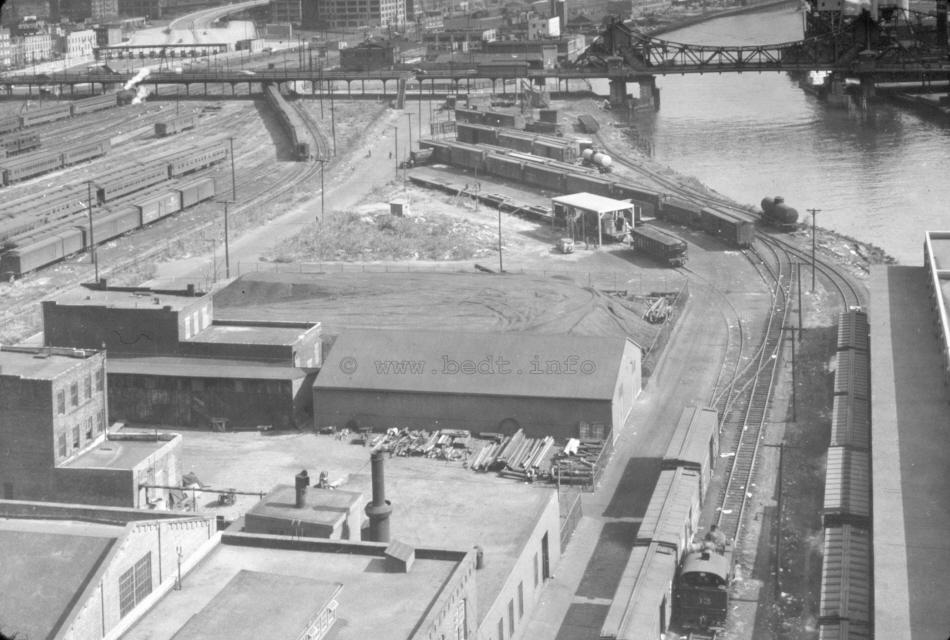
Ben That one is easy. It was called Pidgeon street Yard because that was the name of the street on which it was located . The yard opened in 1906 and was in operation until 1976 operated by the BEDT. Freight cars were received at the Kent avenue yard and sorted and reloaded on a BEDT carfloat and brought to and from Pidgeon street by the BEDT.Capacity was about 100 cars and there were quite a few customers served.
Customers served at Pidgeon street included National Sugar better known as "Jack Frost" and the Daily News. There was never any direct connection between the LIRR and BEDT although it was discussed initially when the BEDT bought the property Pidgeon street was eventually renamed 55th avenue when Queens went to numbered streets and avenues. It is no longer a mapped street today.
In your photo, No 13 is switching the yard. 13 and 14 were identical locomotives. The Bridge in the backround is interesting . It is a double Bascule . It connected Manhattan Avenue in Brooklyn with Vernon Boulevard in Long Island City. The No 61 Crosstown and No 62 Graham ave trolleys used to cross it. I remember seeing it in service , opening and closing quite frequently as there was a lot of traffic on the Newtown Creek. The attached photo show the Bridge open.
Attachments
Jim:
That was the CNJ car float which ran between Jersey City and the railroad's off line terminal in the Bronx. The locomotive is the 1001, purchased second hand to replace AGEIR boxcab 1000. By this point in time, due to the increasing problems in the neighborhood, the railroad found it prudent to remove the locomotive to the relative safety of Jersey City when the day's work was done.
Bob
Wow, I didn't know they were moved that far upriver. I always thought they were designed for lateral W-E and back. Thanks for the info.
Bob




